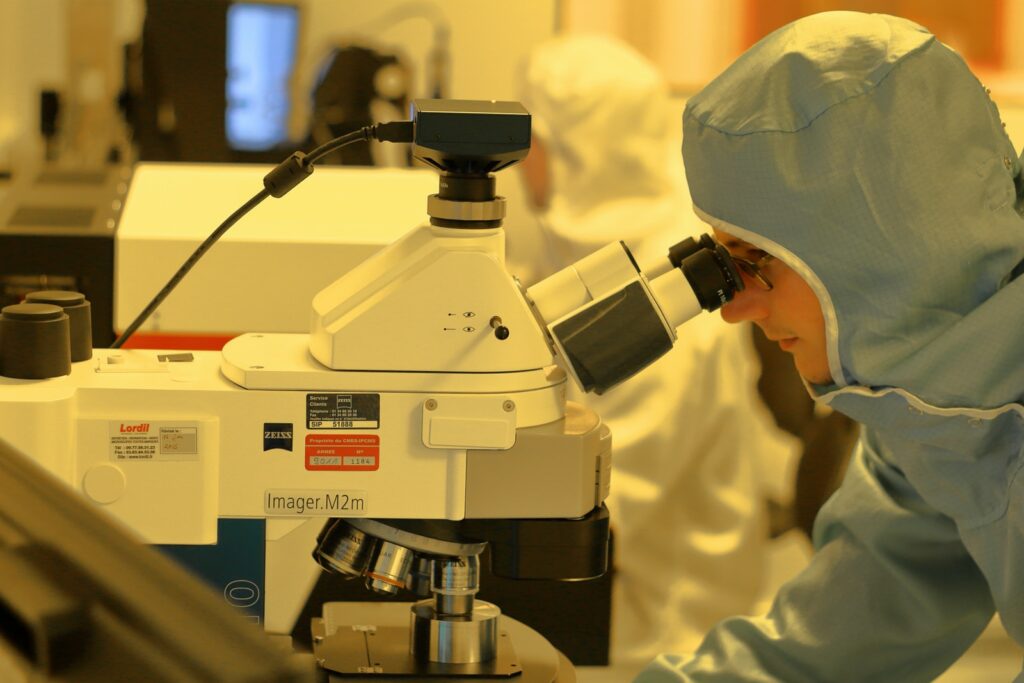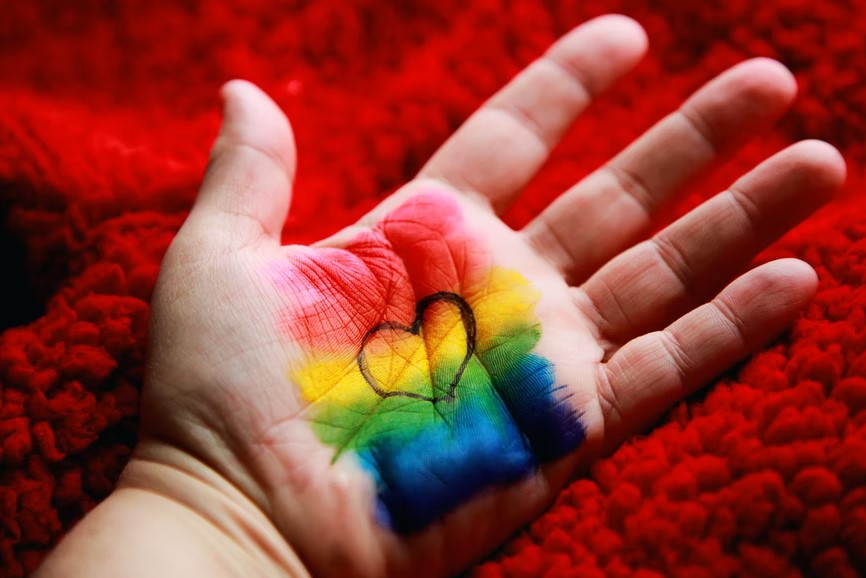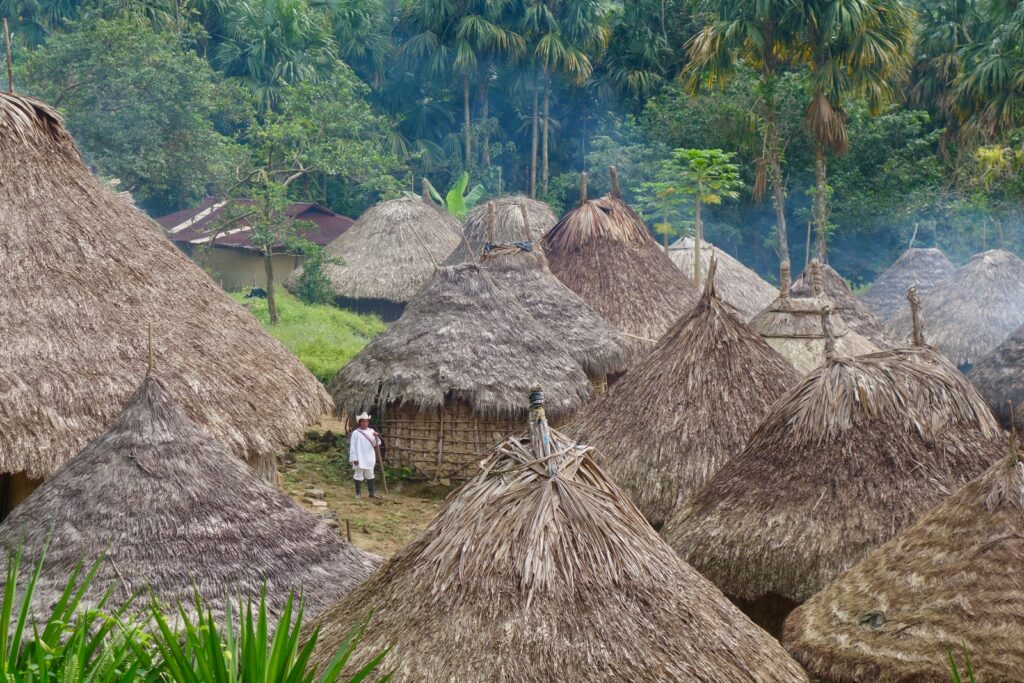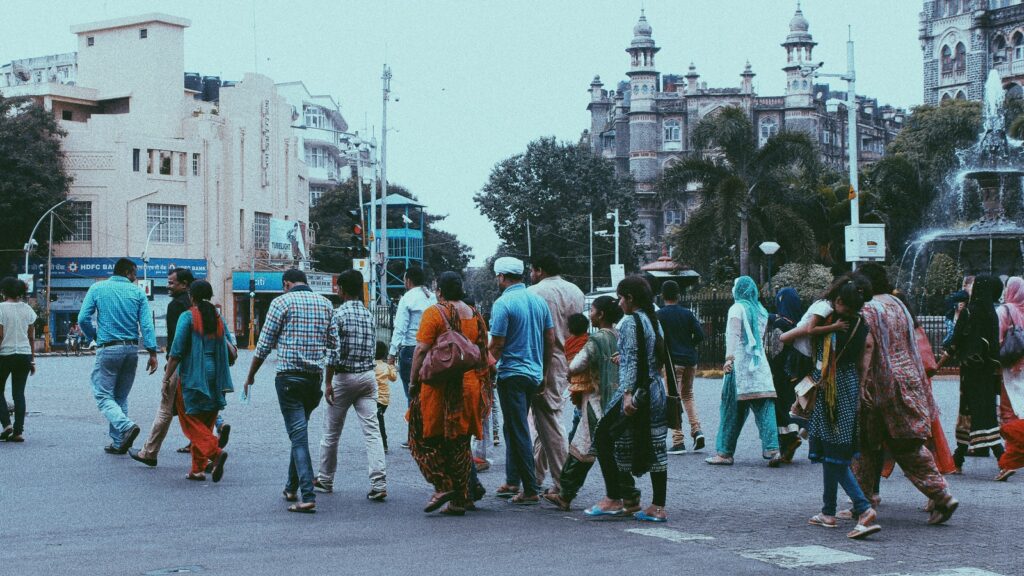
A research conducted by more than 8 brazilian researchers about how was COVID-19 impacted on socially vulnerable populations used quantitative models with some of the following variables in order to predict how different social classes would be affected by the virus spread:
GINI index, education, development index, proportion of the population living below the extreme poverty threshold, percentage of urban population, Percentage of population above 60 years old, Hospital capacity as number of hospital beds per 10,000 individuals (Coelho et al, 2020).
They concluded, to no one’s surprise, that areas with high social vulnerability, where poor living conditions make it difficult to adhere to hygiene and isolation protocols, were more affected and the difference by regions was also very clear.
North and Northeast of the country were those identified with the highest socioeconomic vulnerabilities (Coelho et, al, 2020),
Therefore, we can talk about two main types of social vulnerability in a pandemic :
1- because of economic conditions, income
2-because of poor health systems access and number of beds per state habitant.
Those most affected in this pandemic, then, were the most affected in all the previous ones. Poorer countries and poorer people whose local geographical mobility is greater due to their jobs or the need to get water and food. Or they don’t even have access to clean water and soap.
Also, the second type of vulnerability are populations, regardless of class, that live in cities with poor health systems and hospital networks, Therefore, no matter how many more pandemics humanity is going to face. The patterns of vulnerability will likely be the same.
However, there are socially vulnerable areas that by access to information, orientation and donated resources can, through collective action, organise themselves to decrease their index of virus contamination rate. As the case Prof Deisy Ventura mentioned of Paraisópolis Favela in São paulo. Thanks to their own community policies of isolation of contaminated people and motivation for uses of masks, this favela in São Paulo had much less infection rates than it could have had.
Until, the social conditions screamed higher and the basic need to work, move to distant places and lack of sustained donated resources, made the community self-organization not be sustained for a long time.
Even so, this is a good example that besides these two types of vulnerability, communities self organisation with information, orientations and different comunities with different social classes colaborating and making donations, helping people to self organise in a collective way, can be used in the future to minimise these populations vulnerability in the next pandemics.
References:
Coelho et al. Assessing the spread of COVID-19 in Brazil: Mobility, morbidity and social vulnerability https://journals.plos.org/plosone/article?id=10.1371/journal.pone.0238214
Laszlo Barabasi. Network science, Book, 2011





